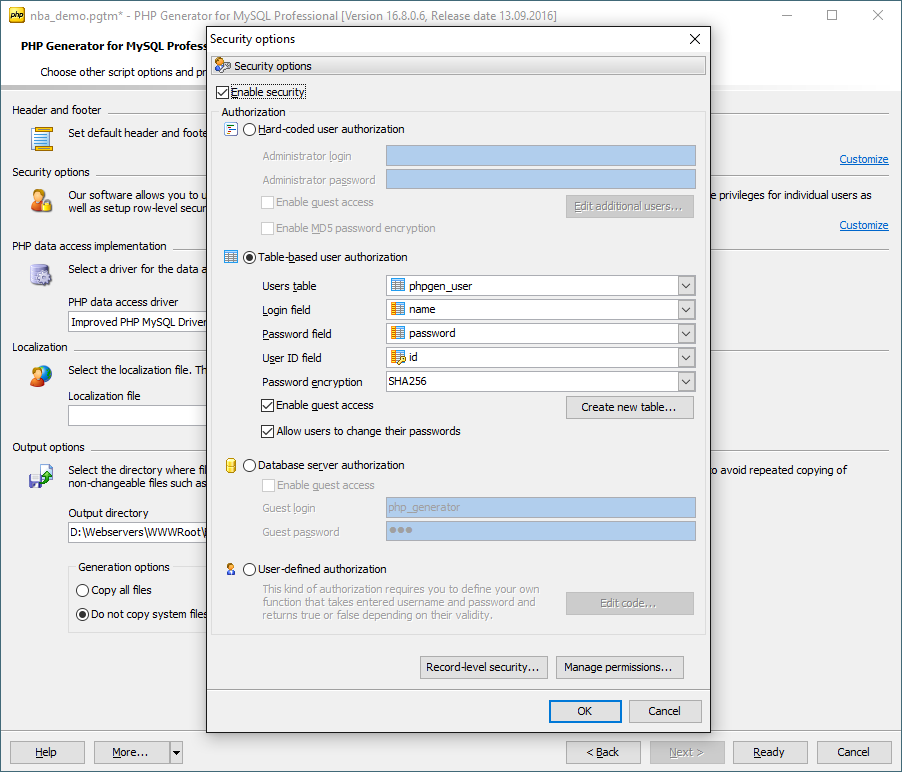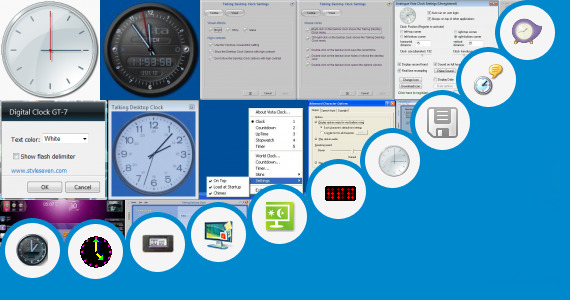
While you can always deal with the layout after the code has been generated, you may find it beneficial and time-saving to have a generator that handles everything at once. Additionally, many free generators will only work with MySQL databases, so you can expect to have to purchase a generator if you're interested in using Oracle, Access or other types of databases.Īdditional considerations are if you want your code generator to handle design aspects of your applications. However, if you intend to use the generator to create advanced forms, manage complex databases or export data to different file types, you're going to probably need to spend some money.

If you just need to generate code that will produce basic PHP code, you can probably opt for a basic or free code generator. Do you need more than one person to be able to work on a project at a time?.Do you have a budget to purchase software?.When looking for a code generator, you should consider a few things: If you need something complex, paid generators are available that allow you to create applications, generate web forms, and produce graphs and charts. There are a number of very good free code generators that will allow you to do things like create basic PHP code for connecting to and editing MySQL databases. Along with free and paid PHP code generators, there are also basic and complex generators. When a good generator is being used, the code can be created in minutes, and you can be near certain that it will run as intended.Īs with most coding software, there is a range of options available to you.

Creating code manually can be time-consuming and result in errors. The benefit of using a code generator is that they can allow you to save time and money.Ĭoding with the purpose of accomplishing a particular task can be done either manually, or in certain cases, through the use a generator. PHP code generators are programs that automatically generate code based on settings and parameters that you choose. What to look for in a PHP code generator.= "\n\t * string \$library The library where the physical file resides. = "\t * mixed \$id The unique id for a record in this table. * string The PHP code for the _construct function.

* Create the code needed for the _construct function. * string The PHP code generated for this model. * Generate the code for a model that represents a record in a table. Here's the code generator class: database = $database I've got stubs in place for MSSQL, PGSQL and SQLite but have never needed to complete them. The following code is what I've used for a long time to create PHP models for MySQL and DB2 tables.


 0 kommentar(er)
0 kommentar(er)
